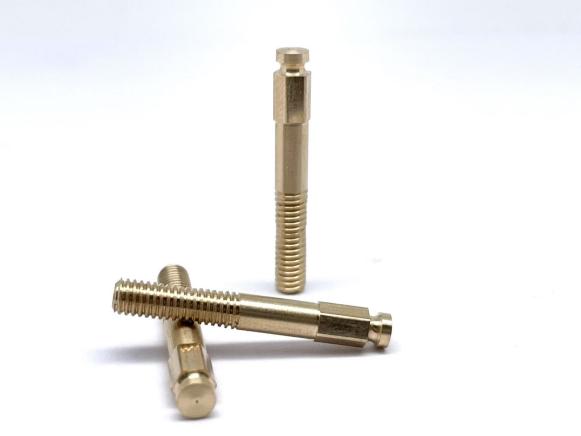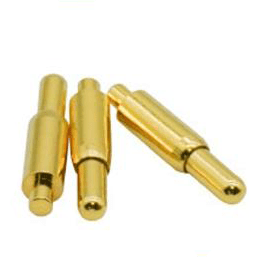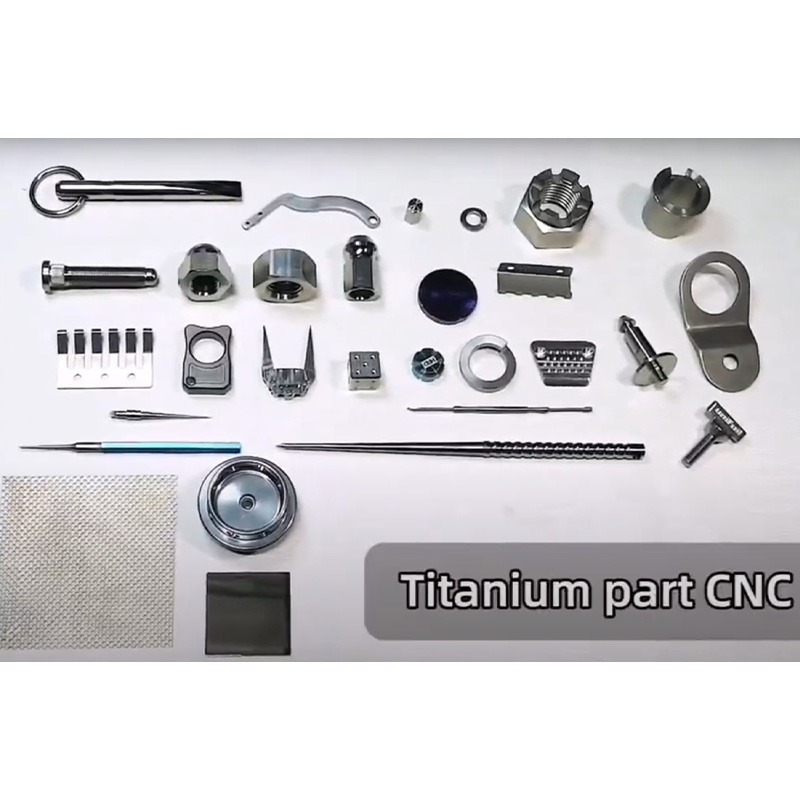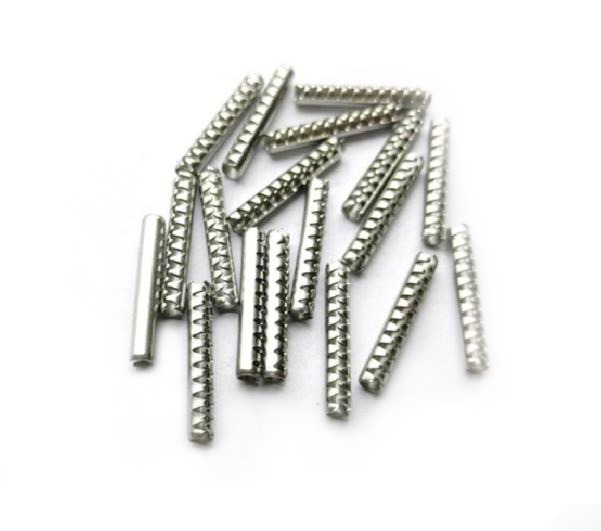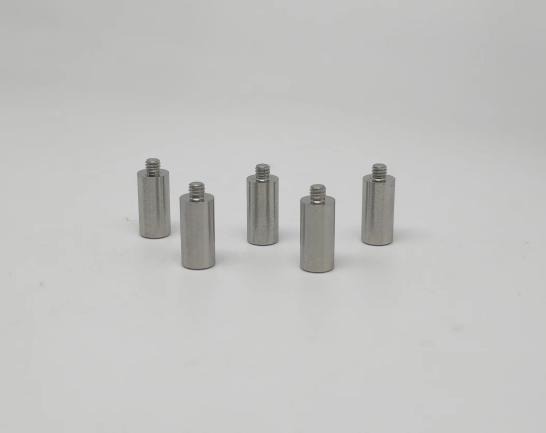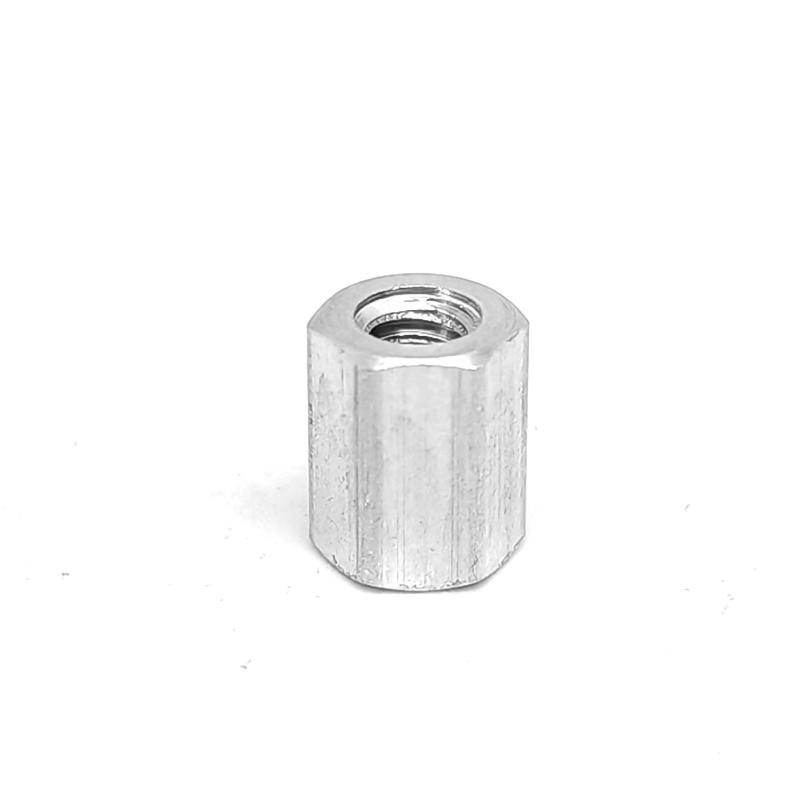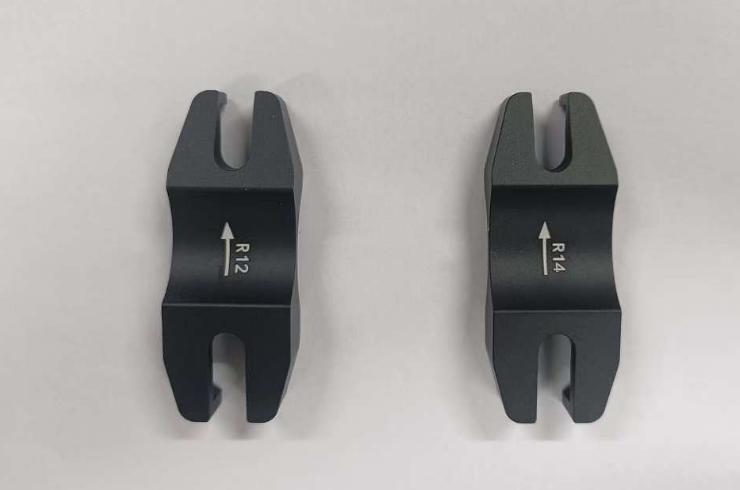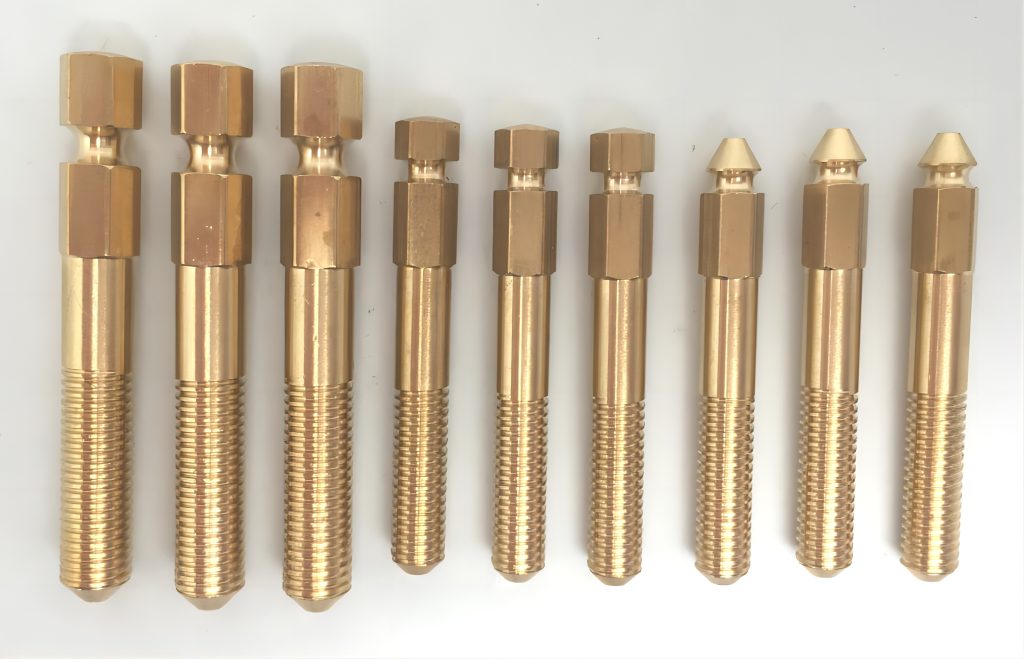CNC Turned Parts: Using High-performance Material for Precision
High-performance materials are the backbone of modern CNC turned parts manufacturing, revolutionizing industries with their exceptional properties and capabilities. CNC turning, a precise machining process, relies heavily on the choice of materials to deliver components that meet stringent performance requirements. In this article, we will explore the significance of high-performance materials in CNC turned parts and their impact across various sectors.
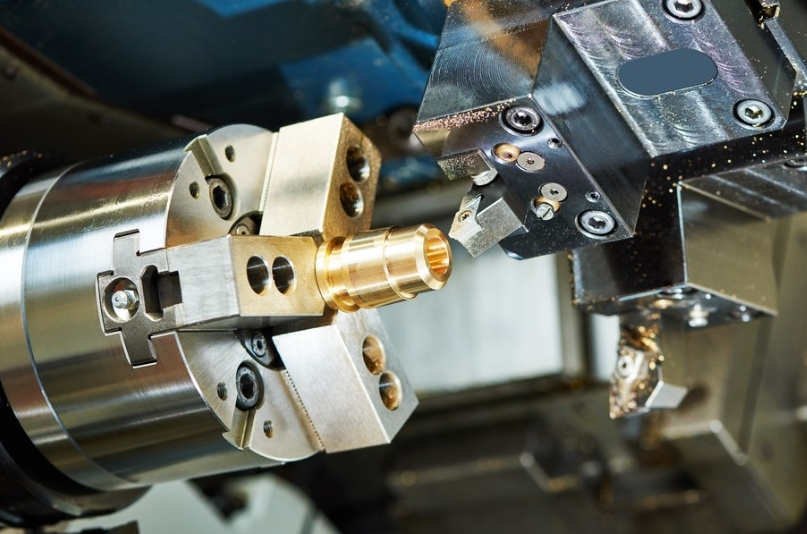
The Evolution of Materials for CNC Turned Parts
Traditionally, materials like aluminum, steel, and brass have been the go-to choices for CNC turned parts due to their machinability and widespread availability. However, as industries demand components that can withstand more extreme conditions, materials with advanced properties have emerged.
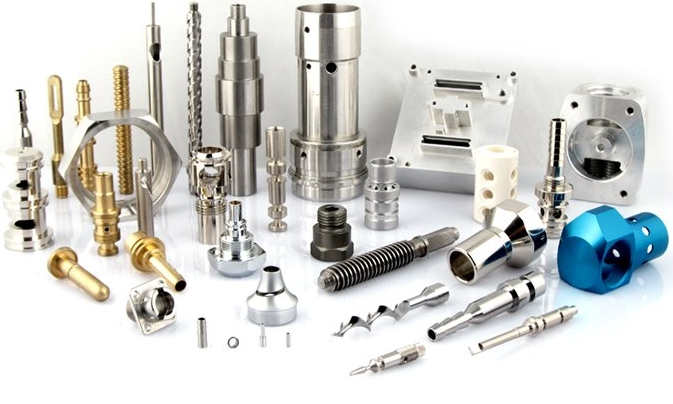
The Significance of High-performance Materials in CNC Turned Parts
1. Enhanced Performance
High-performance materials offer superior mechanical, thermal, and chemical properties compared to conventional materials. Whether it’s high strength-to-weight ratios, excellent corrosion resistance, or elevated temperature tolerance, these materials provide the performance characteristics necessary for critical applications in industries such as aerospace, automotive, and medical.
2. Precision Engineering
CNC turning requires materials that can be machined with high accuracy and consistency. High-performance materials exhibit excellent machinability, allowing intricate designs and tight tolerances to be achieved reliably. This precision is essential for producing components that meet stringent quality standards and performance requirements.
3. Durability and Reliability
Components manufactured through CNC turning often operate in harsh environments subjected to extreme temperatures, corrosive substances, and heavy loads. High-performance materials excel in these conditions, providing exceptional strength, resilience, and resistance to wear and tear. As a result, CNC turned parts made from these materials exhibit extended service life and reduced maintenance requirements, contributing to overall system reliability.
4. Weight Optimization
In industries like aerospace and automotive, reducing weight without compromising structural integrity is crucial for improving fuel efficiency, performance, and cost-effectiveness. High-performance materials, such as titanium alloys and carbon fiber reinforced polymers (CFRP), offer remarkable strength-to-weight ratios, enabling the design of lightweight components that meet stringent performance requirements.
5. Innovation and Advancement
High-performance materials drive innovation and advancement in CNC turning technology and manufacturing processes. Continuous research and development efforts lead to the discovery and refinement of new materials with even more exceptional properties and improved machinability. This ongoing innovation allows manufacturers to push the boundaries of what’s achievable in precision engineering and component design.
6. Competitive Advantage
Utilizing high-performance materials in CNC turned parts provides companies with a competitive advantage in the marketplace. By offering components with superior performance, reliability, and durability, manufacturers can differentiate themselves from competitors, attract customers seeking high-quality solutions, and command premium pricing.
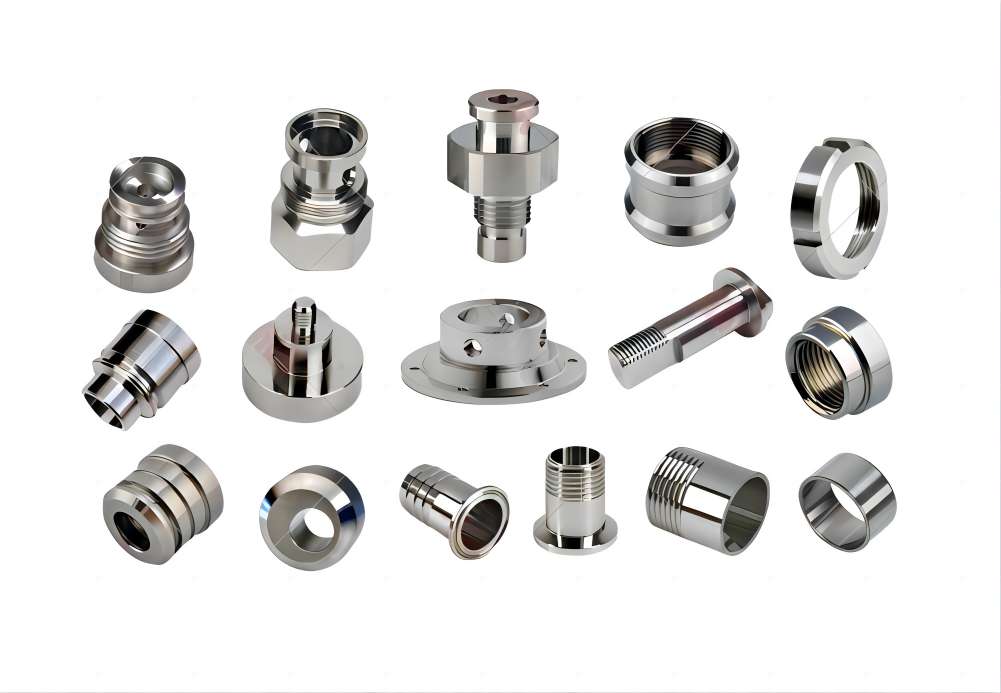
Types of High-performance Materials in CNC Turned Parts
1. Titanium Alloys
- Properties: Titanium alloys are known for their high strength-to-weight ratio, excellent corrosion resistance, and biocompatibility.
- Applications: Aerospace components, medical implants, automotive parts, and marine hardware.
- Advantages: Lightweight, high strength, corrosion resistance.
- Challenges: Low thermal conductivity, high reactivity, and difficulty in CNC machining.
2. Nickel-Based Alloys (e.g., Inconel, Hastelloy)
- Properties: Nickel-based alloys offer exceptional resistance to heat, corrosion, and oxidation.
- Applications: Gas turbine components, chemical processing equipment, high-performance exhaust systems.
- Advantages: High-temperature resistance, corrosion resistance, and strength.
- Challenges: High hardness, abrasiveness, and susceptibility to work hardening.
3. Carbon Fiber Reinforced Polymers (CFRP)
- Properties: CFRP combines the lightweight properties of carbon fiber with the flexibility of polymers, providing high strength and stiffness.
- Applications: Aerospace structures, automotive body panels, sporting goods.
- Advantages: Lightweight, high strength, stiffness, corrosion resistance.
- Challenges: Delamination, fiber pullout, and difficulty in machining.
4. Tool Steels (e.g., H13, D2)
- Properties: Tool steels are characterized by their high hardness, wear resistance, and toughness.
- Applications: Dies, molds, cutting tools, precision machine components.
- Advantages: High hardness, wear resistance, toughness.
- Challenges: Tool wear, and thermal stress during machining.
5. High-Performance Plastics (e.g., PEEK, Torlon)
- Properties: High-performance plastics offer excellent mechanical properties, chemical resistance, and thermal stability.
- Applications: Aerospace components, medical implants, semiconductor equipment.
- Advantages: High strength, stiffness, chemical resistance, thermal stability.
- Challenges: Heat generation, material deformation, melting during machining.
6. Super Alloys (e.g., Super Duplex Stainless Steel, Cobalt-Chromium Alloys)
- Properties: Superalloys exhibit exceptional strength, corrosion resistance, and oxidation resistance at high temperatures.
- Applications: Jet engine components, power plant turbines, chemical processing equipment.
- Advantages: High-temperature resistance, corrosion resistance, and strength.
- Challenges: High hardness, toughness, tool wear, and difficulty in chip formation.
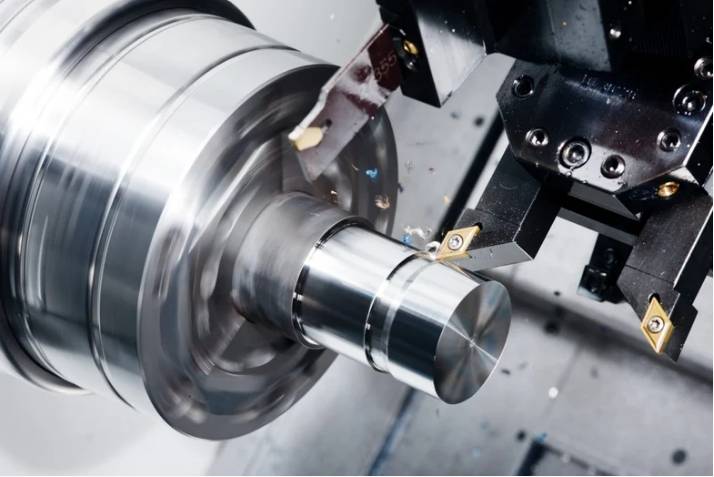
Key Trends in High-performance Materials for CNC Turned Parts
1. Advanced Composite Materials
Future CNC turned parts will increasingly utilize advanced composite materials, such as carbon fiber reinforced polymers (CFRP), ceramic matrix composites (CMCs), and metal matrix composites (MMCs). These materials offer exceptional strength-to-weight ratios, thermal stability, and corrosion resistance, making them ideal for aerospace, automotive, and other high-performance applications.
2. Multi-Material Integration
Manufacturers will explore the integration of multiple materials within CNC turned parts to achieve hybrid structures with tailored properties. For example, combining metals with ceramics or polymers can create components with enhanced performance characteristics, such as improved fatigue resistance, thermal management, or electrical conductivity.
3. Nanostructured Materials
The development of nanostructured materials, including nanocomposites and nanostructured metals, will open up new possibilities in CNC turning. These materials exhibit unique mechanical, electrical, and thermal properties at the nanoscale, offering opportunities for enhancing component performance, reducing weight, and improving efficiency.
4. Additive Manufacturing Integration
Additive manufacturing (AM) technologies, such as 3D printing, will increasingly complement CNC turning processes, enabling the fabrication of complex geometries and customized features. High-performance materials optimized for AM, such as metal powders and high-temperature polymers, will expand the design possibilities and capabilities of CNC turned parts.
5. Smart Materials and Functionally Graded Materials (FGMs)
The integration of smart materials, such as shape memory alloys (SMAs) and piezoelectric materials, will enable CNC turned parts with adaptive, responsive, and self-monitoring capabilities. Additionally, the development of functionally graded materials (FGMs), which exhibit gradual variations in composition and properties, will enable the design of parts with tailored performance profiles and improved reliability.
6. Sustainable Materials and Circular Economy
As sustainability becomes increasingly important, there will be a growing emphasis on using eco-friendly and recyclable materials in CNC turning. Manufacturers will explore bio-based materials, recycled metals, and sustainable polymers to minimize environmental impact and promote a circular economy in manufacturing processes.
7. Data-Driven Material Selection and Optimization
Advancements in materials informatics, data analytics, and computational modeling will enable data-driven approaches to material selection, optimization, and performance prediction. Machine learning algorithms and digital twins will facilitate the rapid screening of material candidates, accelerating the development of novel high-performance materials tailored to specific CNC turning applications.

Conclusion
High-performance materials have revolutionized the realm of CNC turned parts, offering unprecedented capabilities in terms of strength, durability, and versatility. From aerospace and automotive to medical and beyond, these materials have become indispensable in pushing the boundaries of what’s achievable in precision CNC parts. As industries continue to push the boundaries of innovation, the role of high-performance materials in CNC turning will remain integral, driving the advancement of precision manufacturing into the future.

